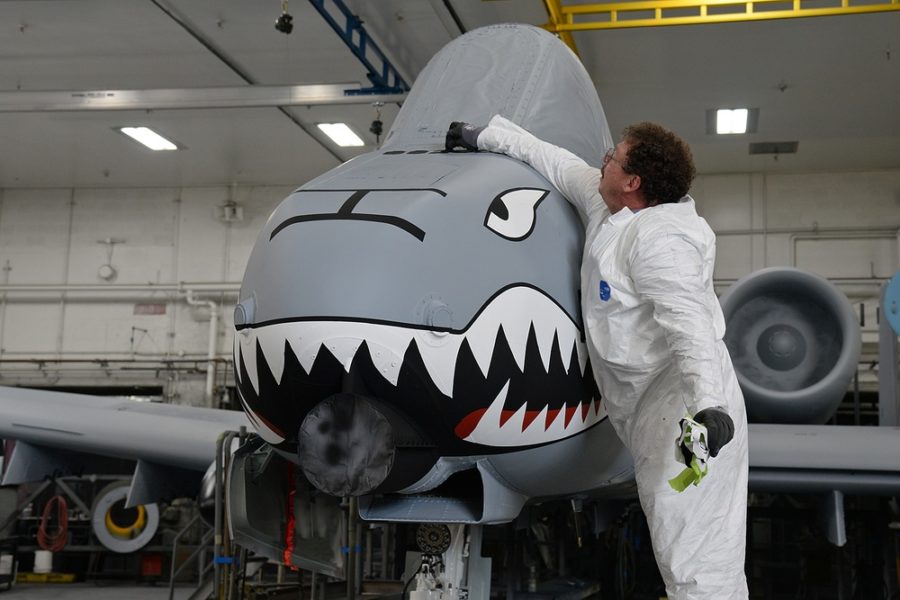More than two and a half years after the Air Force finished its first round of re-winging efforts for the A-10, Boeing started delivering new wing sets to the service earlier this month, the company announced May 25.
The first wing set was delivered to Hill Air Force Base, Utah, Boeing said in a press release, where the Air Force has started work on replacing the wings on A-10s to keep them flying for longer.
The effort to replace the wings on the Air Force’s A-10 fleet began more than 15 years ago, when the service awarded a $1.1 billion contract to Boeing in 2007. The program temporarily ended in 2016 in part because of cost, but funding resumed a few years later, and USAF officials announced in August 2019 that it had finished work on 173 of the Thunderbolts.
A few weeks after that announcement, however, the Air Force announced it was giving Boeing another contract, this time for up to 112 wing assemblies. However, by that point the production line was “dry,” Boeing said in its release, with “tools and equipment housed in long-term storage.”
Production eventually resumed, and the company, “in partnership with Korean Aerospace Industries,” is working to deliver 50 wing sets to the Air Force.
The wing sets consist of outer wing assemblies, center wing assembly, control surfaces, and the fuselage integration kit, Boeing’s release states, and will extend the A-10’s flying life to 10,000 hours.
“The A-10 serves a critical role for the Air Force and Boeing is proud to extend our legacy of supporting the Thunderbolt and its mission,” Dan Gillian, vice president of U.S. Government Services for Boeing Global Services, said in a statement. “In partnership with the Air Force and our established supply base, we have started full rate production and are actively supporting the customer’s installation schedule.”
The re-winging of the A-10 comes as the Air Force continues its push to retire the attack aircraft, which remains beloved by many, despite Air Force officials’ continual protests that the airframe is not survivable in a contested environment and not relevant in a future fight.
Congress has repeatedly blocked any efforts to sunset the A-10 and instead have funded the wing replacement program, trying to keep the close air support aircraft going through the 2030s.

